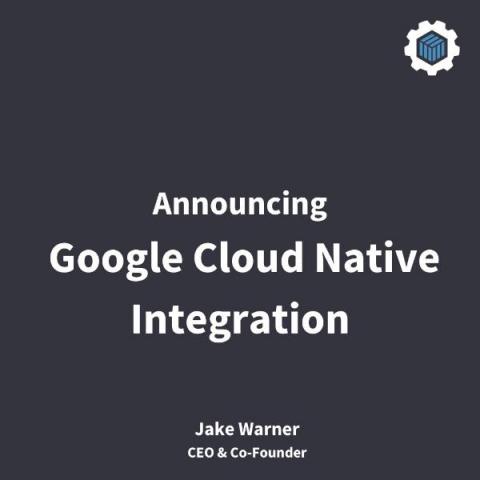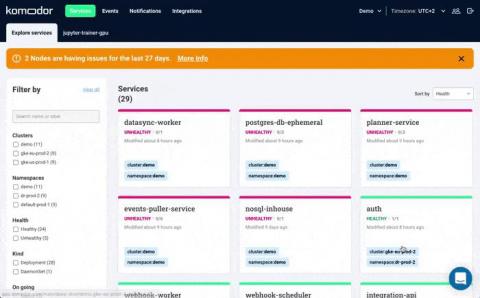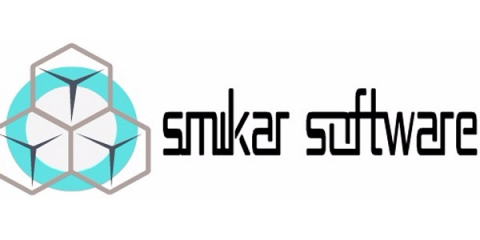Introducing Cycle's Support of Google Cloud Platform
Our goal has always been to automate and standardize the management of infrastructure and deployment of applications across user infrastructure. Today, we are excited to announce that we've launched support for Google Cloud (GCP), expanding our natively supported providers list and further expanding the choice, flexibility, and reach the platform offers to current and new users. With this new integration, users can deploy, manage, and scale their containerized workloads to GCP compute infrastructure.










